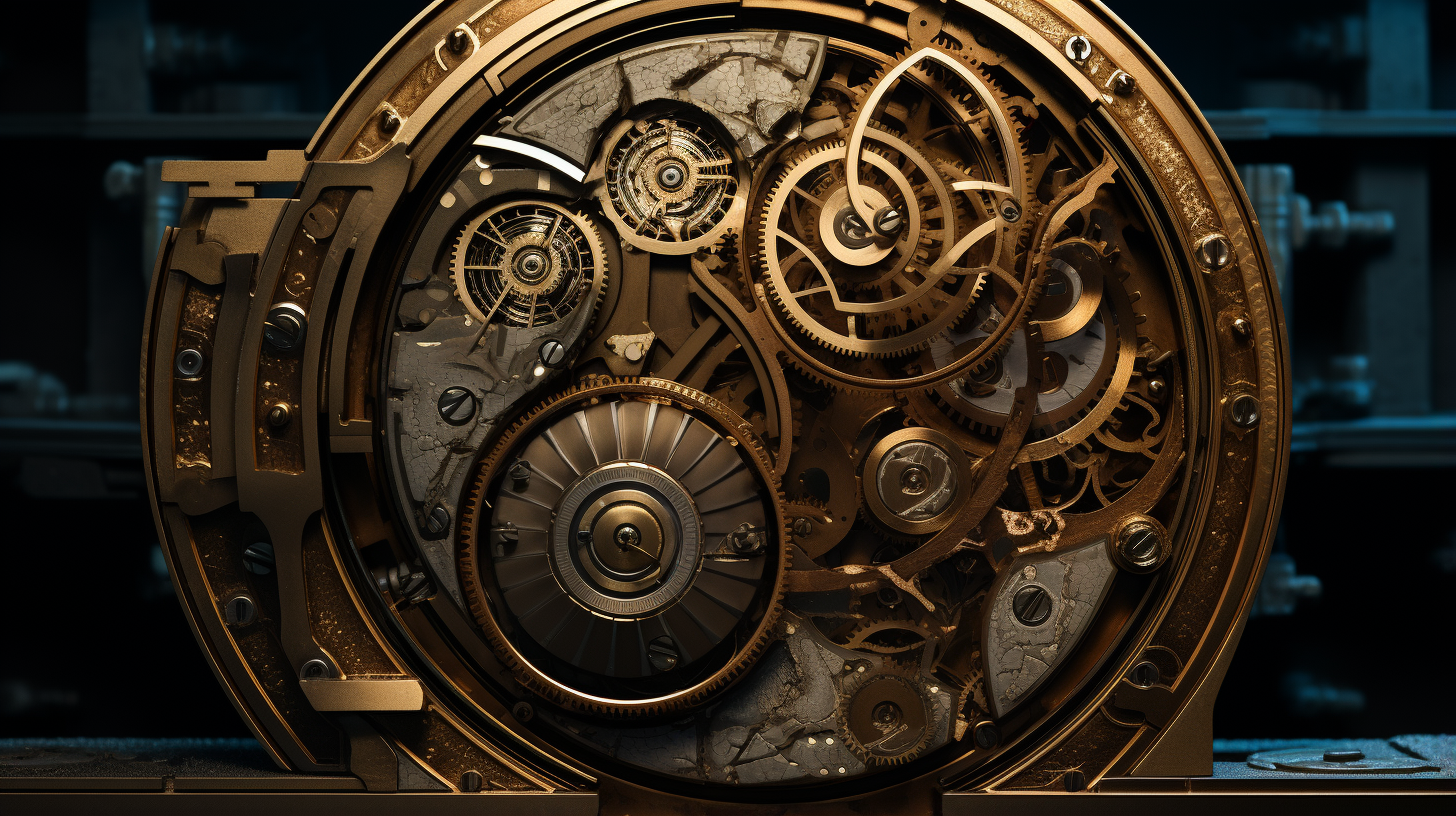Beneath the calm exterior of Antica Thera, a peaceful Greek island nestled in the Aegean Sea, Greek divers embarked on a regular expedition to collect sea sponges. Little did they know that their journey would lead to a remarkable treasure uncovered, captivating people worldwide.
Between 1900 and 1902, a monumental effort was launched in Greece to salvage the remnants of an ancient shipwreck, a Roman merchant vessel that sank during the classical era.
Among the myriad of artifacts recovered from the seabed, one item stood out—a meticulously crafted wooden and bronze box adorned with coral. It resembled a timekeeping device, a mechanism similar to a clock that seemed oddly advanced for ancient times.
The presence of intricate gear wheels inside the bronze contraption added to the mystery. Such detailed gears were unheard of during that era, intriguing archaeologists and historians alike.
Once the object made its way to the National Museum of Archaeology in Athens, experts grappled with understanding its true purpose, shrouding it in mystery for over five decades.
Not until 1951 did British physicist Derek John Desola Price take on the task of decoding the device. Initially fragmented, the mechanism consisted of seven main components labeled A through G, along with 75 smaller pieces.

Through meticulous reconstruction, Price uncovered the true essence of the device, now famously referred to as the Antikythera mechanism.
This ancient marvel, primarily made of bronze and possibly housed in a wooden case with bronze plates, had dimensions similar to a shoebox. It featured two main display faces, with the front resembling a clock face.
In June 1959, Price shocked the world with his proclamation in Scientific American, labeling the Antikythera mechanism as an ancient Greek computer.
This extraordinary device functioned as an analog computer, using intricate wheels and gears instead of digital technology. Its unparalleled complexity for its time paved the way for a similar device to reappear almost two millennia later in the 1800s.
Yet, the mystery lingered: What was the purpose of this ancient Greek computer? The answer lay hidden in the meticulously engraved inscriptions on the mechanism. In 2005, an international team of researchers, part of the Antikythera Mechanism Research Project, utilized advanced scanning technology to create a detailed 3D visualization of the device’s internal workings.
The discoveries were truly astonishing. The X-ray tomography not only revealed the intricacies of the gear system but also deciphered the inscriptions, essentially providing an operational manual for the device.
The Antikythera mechanism was ingeniously designed to track the positions of planets, the sun, the moon, and even predict lunar phases and eclipses. It served as an astronomical calculator offering a visual representation of celestial movements.
Through its complex gear system, this ancient marvel simulated the orbits of celestial bodies, offering insights into planetary and lunar positions at any given moment. It allowed the ancient Greeks to explore the cosmos, contemplating the mechanics and predictability of the universe.
Video:
The Antikythera mechanism stands as a testament to the deep knowledge and curiosity of ancient Greece. This remarkable artifact serves as a poignant reminder that our ancestors, even in ancient times, delved into the mysteries of the cosmos, explored the mechanical wonders of the universe, and left behind a legacy of innovation and wisdom that continues to inspire us today.
